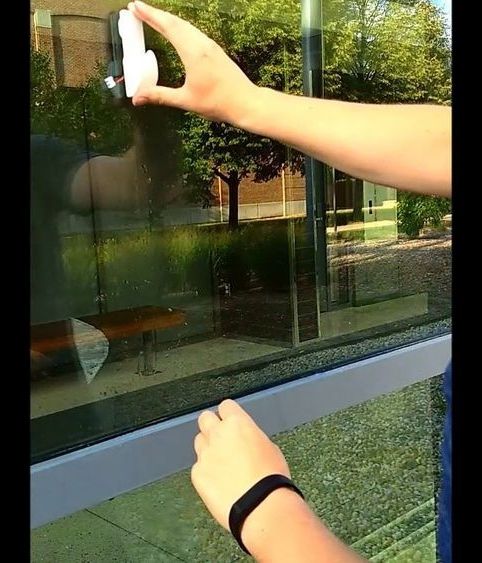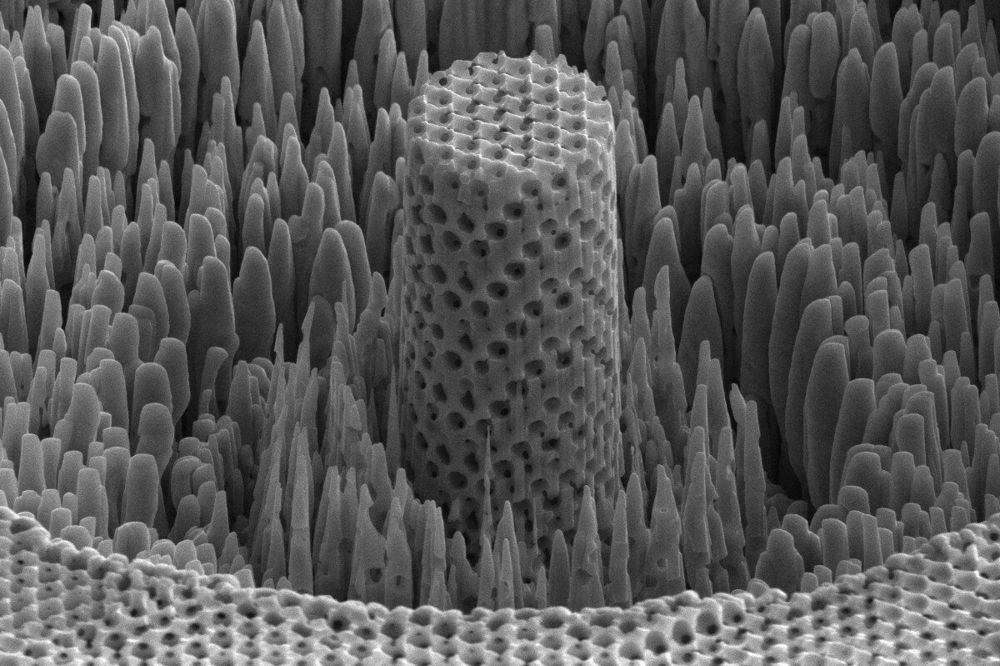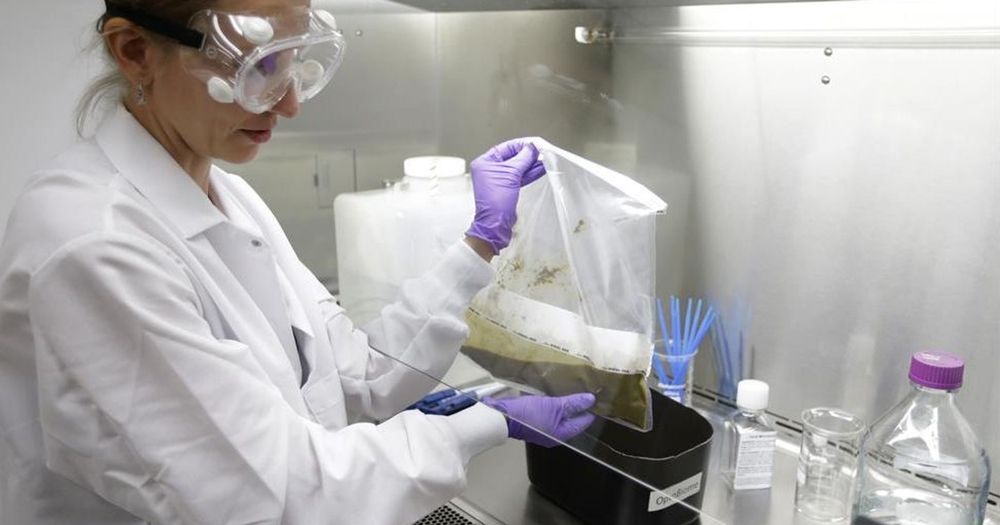Illinois researchers have introduced a new cutting-edge reusable adhesive that activates in seconds, works underwater, and is strong enough to deadlift 11 pounds: shape memory polymers (SMPs).
The team—associate professor in mechanical science and engineering Seok Kim, graduate student Jun Kyu Park, and former graduate student Jeffrey D. Eisenhaure (Ph. D. ME ‘17, now with Northrop Grumman)—has proved that SMPs can retain dry adhesion properties while submerged. Their study, “Reversible underwater dry adhesion of a shape memory polymer,” was recently published by the scientific journal Advanced Materials Interfaces.
Classified as a smart material, SMPs have the ability to manually transition between their original state and a deformed state. By manipulating the state of their SMPs, Kim and his team achieved successful adhesion to surfaces submerged in water as well as other liquid media such as oil.









